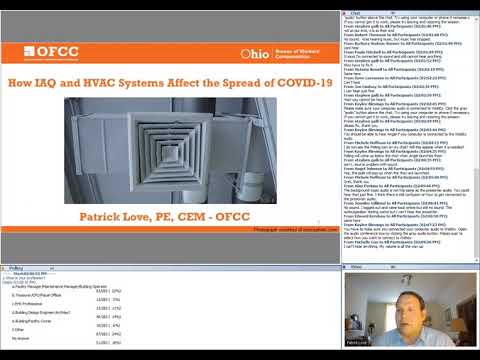
Capsule inhibitory medicine might turn out to be an important addition to anti-sepsis therapies. One of basic challenges within the remedy of sepsis caused by Gram-negative micro organism is the discharge of endotoxin from bacteria due to killing by antibiotics and/or phagocytosis within the liver and the spleen. An effective therapy must comprise the neutralization of endotoxins. LPS aggregates could work together with serum and membrane proteins similar to LBP (lipopolysaccharide-binding protein) and CD14. LPS can set off systemic hyper-inflammatory response with a number of organ failure and lethality. LPS induces inflammatory cells to express proinflammatory cytokines IL-8, IL-6, IL-1β, IL-1, IL-12, and IFNγ .
coli species which have acquired an invasion plasmid. Despite inflicting intensive ulceration of the mucosa, the pathogens rarely enter the bloodstream. The Shiga enterotoxin produced by Shigella species and the Shiga-like enterotoxin elaborated by many isolates of E. coli inhibit protein synthesis in eukaryotic cells.
Virulence Elements For Survival Within The Host And Immune Evasion
A giant quantity of iron is doubtlessly available to microbes upon an infection of vertebrate hosts, although pathogens must extract this iron from a wide range of proteins in blood, totally different cell varieties, and tissue areas. In fact, the average human grownup contains 3–5 g of iron, the vast majority of which (sixty five–75%) is found in heme related to hemoglobin inside erythrocytes (McCance and Widdowson, 1937; Andrews, 2000). Each day, 20–25 mg of iron is required to support the synthesis of hemoglobin.
Entering the bloodstream in several forms (planktonic, encapsulated, L-type, biofilm fragments), they cause several types of sepsis (fulminant, acute, subacute, continual, etc.). Sepsis remedy includes antibacterial remedy, support of host very important functions and restore of homeostasis. A bacterium killing is just one of numerous features of antibacterial remedy. Bacteremia can have several important well being penalties.
Malassezia has been hypothesized as the infectious agent in a number of pores and skin issues, namely dandruff, atopic dermatitis, tinea versicolor, and to a lesser extent psoriasis . Malassezia produces lipases, phospholipases, and allergens , which might injury the integrity of the pores and skin by inducing inflammation and triggering an immune response . Up till the Eighties, microbiologists routinely relied on tradition-dependent methods for microbial isolation, identification, and characterization. Colony morphology, stains (i.e., Gram stain), biochemical traits (i.e., coagulase check), motility exams, antibiotic resistance profiles, and other traits guided bacterial and/or fungal identification and taxonomy.
Coagulase Destroys Blood Clots
Because of this drawback, it is normal follow to change catheters incessantly (e.g., every seventy two hours for peripheral intravenous catheters). Virulence is the measure of the pathogenicity of an organism. Virulence could be measured experimentally by figuring out the variety of micro organism required to cause animal dying, sickness, or lesions in a defined period after the micro organism are administered by a chosen route. Resistance to bacterial infections is enhanced by phagocytic cells and an intact immune system. Initial resistance is because of nonspecific mechanisms. Susceptibility to some infections is higher within the very younger and the very old and in immunosuppressed sufferers.
They are non-glycosylated proteins that have a comparatively low molecular weight . SAgs are probably the most highly effective T cell mitogens ever found. Concentrations of less than 0.1 pg/ml of a bacterial superantigen are enough to stimulate the T lymphocytes in an uncontrolled method resulting in fever, shock and death . pyogenes embrace streptococcus pyrogenic exotoxin A and C and the streptococcal mitogenic exotoxin Z .
Staphylococcal Enterotoxin
Gram adverse bacterial species are responsible for approximately 24% of all circumstances of healthcare-related bacteremia and forty five% of all instances of neighborhood-acquired bacteremia. In common, gram unfavorable bacteria enter the bloodstream from infections within the respiratory tract, genitourinary tract, gastrointestinal tract, or hepatobiliary system. Gram-adverse bacteremia occurs more frequently in aged populations and is associated with larger morbidity and mortality in this population.
